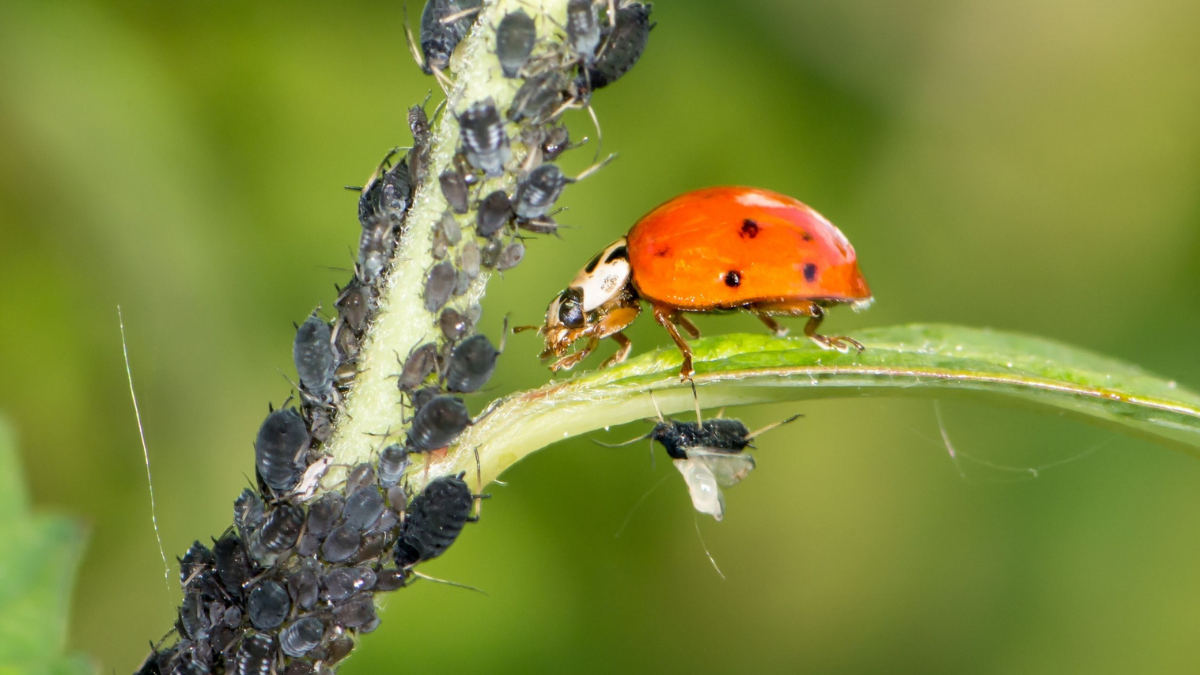Pest control plays a crucial role in maintaining a healthy and safe environment, whether it be in our homes, gardens, or agricultural fields. Two primary methods used for pest control are chemical and biological approaches. In this article, we will explore what these methods entail, their benefits, and how they compare to each other.
YOZREO White Pets Ultrasonic Repeller Tick & Flea Repeller Control Insect Repellent Pest Lice Repeller Pet Supply Emits High Frequencies and Protects Your Pet Without Harmful Chemicals or Pesticides
Understanding Pest Control

Before diving into the specifics of chemical and biological pest control, it’s important to have a clear understanding of what pest control is and why it is essential. Pest control refers to the management of pests, which are organisms that pose a threat to human health, property, or the environment. These pests can include insects, rodents, weeds, and microorganisms.
Definition and Importance
Pest control methods are designed to reduce or eliminate the populations of pests, thus minimizing the damage they cause. By controlling pests, we can prevent the spread of diseases, protect crops from destruction, and maintain a comfortable living environment. It is crucial to strike a balance between pest control and preserving the ecological balance.
Types of Pest Control Methods
Pest control methods can be broadly classified into two categories: chemical and biological. While both approaches aim to control pests, they differ in their mechanisms of action and environmental impact.
Chemical Pest Control
Chemical pest control involves the use of synthetic or man-made chemicals to control pests. These chemicals, often referred to as pesticides, are designed to target specific pests and disrupt their life cycles. Chemical pest control methods are widely used due to their effectiveness and immediate results.
Overview and Benefits
Chemical pest control offers several benefits. It provides quick results, allowing for rapid pest eradication. Pesticides can be applied in various forms such as sprays, baits, and dusts, making them versatile in different pest control scenarios. Additionally, chemical methods can effectively target pests that are difficult to control using other means.
Common Chemical Pest Control Methods
Common chemical pest control methods include the use of insecticides, herbicides, and rodenticides. Insecticides are used to control insects, while herbicides target unwanted plants or weeds. Rodenticides are employed to manage rodent populations. These chemicals work by disrupting the pests’ nervous systems, inhibiting their growth, or causing direct toxicity.
Biological Pest Control
Biological pest control utilizes living organisms to control pests. Instead of relying on synthetic chemicals, this method takes advantage of natural predators, parasites, and pathogens that prey on or infect pests. Biological control is often considered a more environmentally friendly approach.

Overview and Benefits
One of the key advantages of biological pest control is its ability to provide long-term pest management solutions. It allows for a more sustainable and balanced approach by utilizing nature’s own checks and balances. Biological control methods are often highly specific to the target pests, reducing the impact on non-target organisms.
Common Biological Pest Control Methods
Biological pest control methods include the introduction of predatory insects, such as ladybugs to control aphids, or the use of nematodes to combat soil-borne pests. Some examples of biological control agents are parasitic wasps, bacteria, fungi, and viruses that target specific pests.
Comparing Chemical and Biological Pest Control
When considering pest control methods, it is essential to compare chemical and biological approaches to determine their effectiveness, environmental impact, and safety considerations.
Effectiveness
Chemical pest control methods typically provide fast and immediate results, effectively eliminating pests in a short period. Biological control, on the other hand, may take more time to establish a balanced ecosystem and control pest populations. However, biological control offers long-term solutions that can be more sustainable in the long run.
Environmental Impact
Chemical pest control methods, if used improperly or excessively, can have negative impacts on the environment. Pesticides may contaminate water sources, harm beneficial insects, and accumulate in the food chain. Biological pest control, being a more natural approach, generally has minimal environmental impact.
Safety Considerations
Chemical pesticides can pose risks to human health if not handled properly. Appropriate precautions should be taken to avoid exposure, and the instructions provided by manufacturers must be followed. Biological control methods are generally safer, as they utilize natural agents that are specific to pests and pose minimal risks to humans and non-target organisms.

Integrated Pest Management
To achieve the most effective and sustainable pest control, an integrated approach known as Integrated Pest Management (IPM) is often employed. IPM combines various pest control methods, including both chemical and biological approaches, to minimize the use of pesticides while ensuring effective pest management.
Conclusion
Pest control is essential for maintaining a healthy and balanced environment. Chemical and biological pest control methods offer different approaches to managing pest populations. While chemical methods provide fast results, biological control offers long-term sustainability with minimal environmental impact. Integrated Pest Management combines the best of both approaches, providing an effective and eco-friendly solution for pest control.


